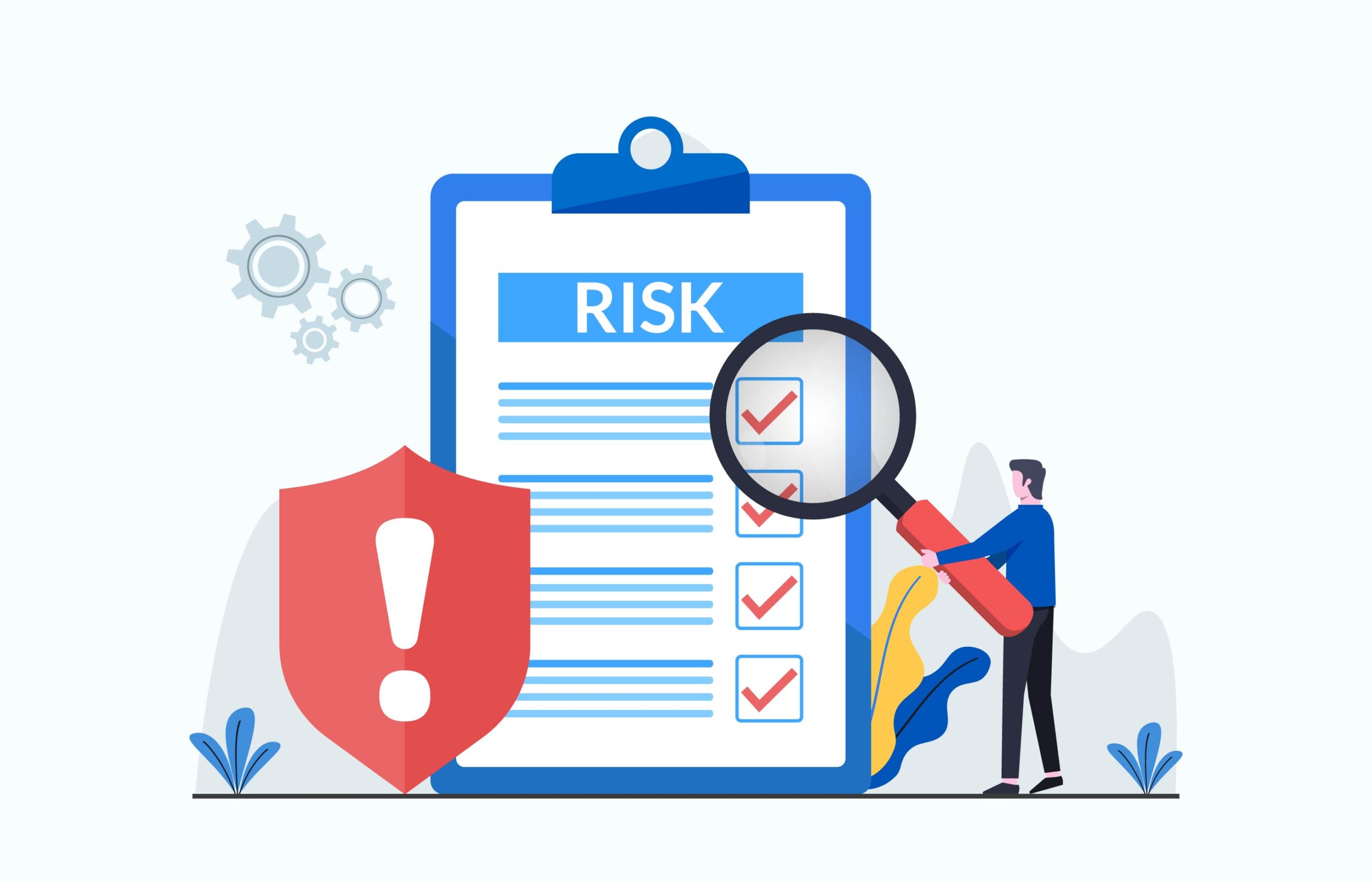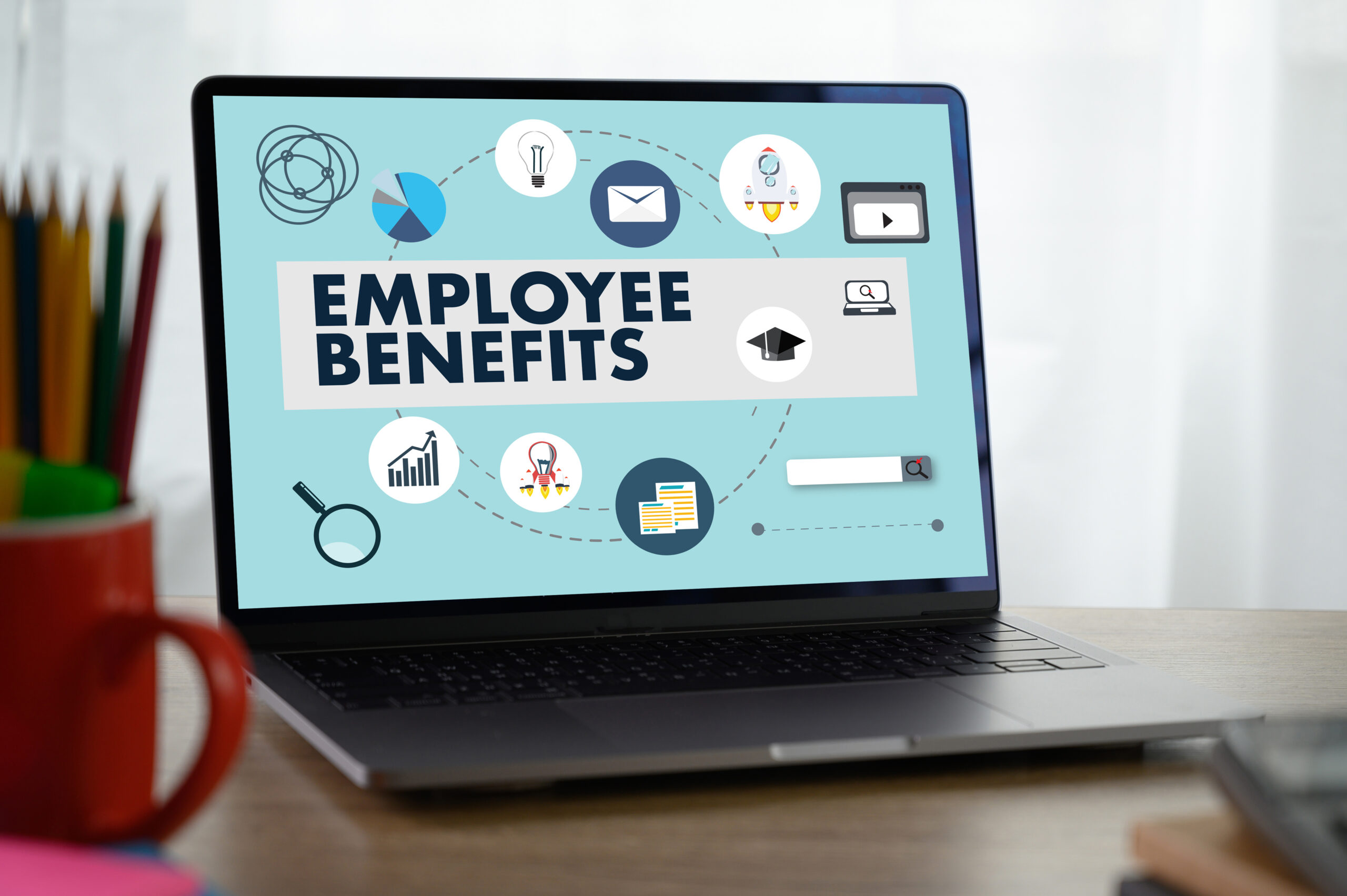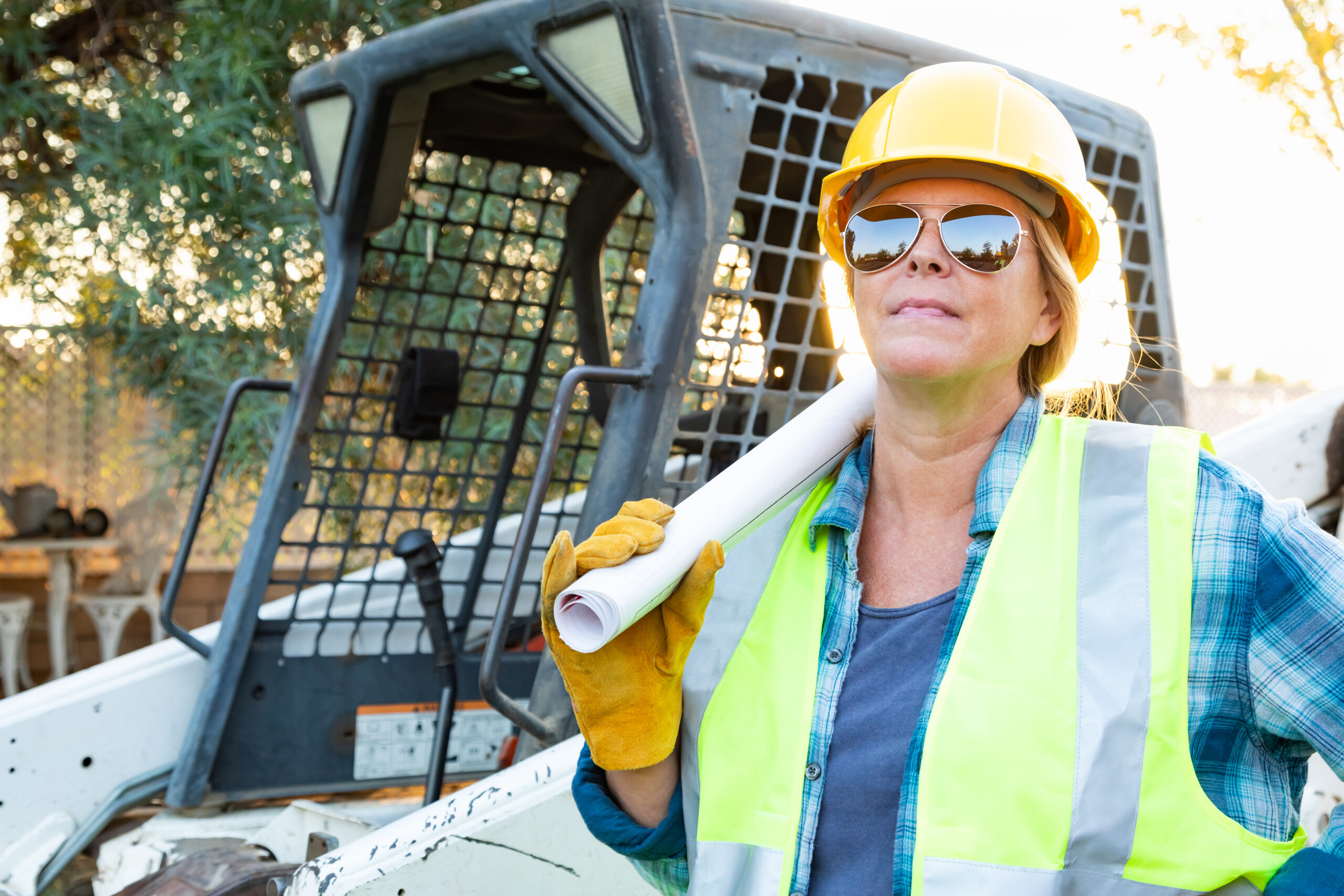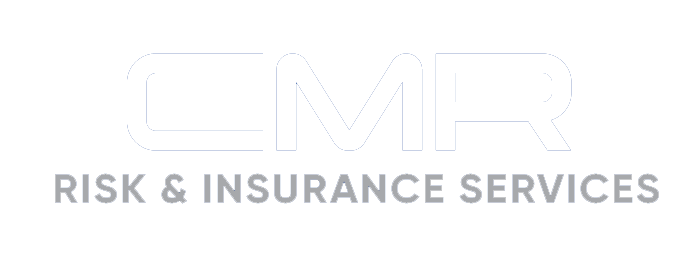
June 5, 2023
12 Tips to Promote Workplace Safety and Prevent Employee Injuries
Workplaces have gotten safer for employees over the years. However, accidents can still happen. When they do, they cost businesses thousands of dollars in medical expenses, undermine productivity and employee morale, and increase employee absenteeism. To help prevent the risks of workplace injuries, businesses can follow these 12 tips: 1) Create a Comprehensive Workplace Safety...

June 2, 2023
Is My Computer Setup Ergonomically Correct?
Whether we are back at the office or working from home, we often slip into bad office posture habits when it comes to how we work at our computers. The Mayo Clinic offers advice on how to set the proper positioning when using a computer in order to up y avoid some of the health...

May 31, 2023
Contractual Risk Transfer Explained
Contractual risk transfer (CRT) is a risk management mechanism that can be utilized by many businesses. It involves shifting potential liability through a non-insurance contract or agreement and is intended to transfer risk to the party (e.g., vendor, supplier, subcontractor) that is better situated to control it. While insurance is the most common method to...

May 25, 2023
Why Risk Control Will Always Need the ‘Human Touch’
Technology is changing the way the insurance industry is able to perform everyday tasks, but it will never overshadow the necessary human element required for business, an insurance industry VP has told Insurance Business. “You can’t really replace the human touch,” Christine Sullivan, the senior vice president of risk control for North America at Sompo, said....

Complex Property Risks Create Challenging Market
Economic, social and environmental trends are combining to create significant risks and challenges for property owners and their insurers. Across industries, from manufacturing to real estate to healthcare, some of the same themes are present. These include changing valuations of physical assets and higher replacement costs, supply chain issues, and contingent time element exposures. Supply...

May 24, 2023
DOL Promotes Mental Health at Work Initiative
Amid Mental Health Awareness Month, the U.S. Department of Labor (DOL) launched its Mental Health at Work initiative to address mental health within the workplace and introduce resources for employees and employers alike. The DOL’s initiative aims to advance mental wellness in the workplace through the following strategies: The DOL explains that high-quality jobs provide safe workplaces,...

How Mindfulness Keeps Construction Workers Safer
It’s easy to understand why construction workers have stressful jobs. They’re working on tight timelines, often on projects that need to be structurally sound so that people can live and work in their buildings. This responsibility can be taxing on workers’ mental health. A 2020 study found that 83% of construction workers had experienced a moderate to...

May 23, 2023
4 Things Employers Should Know About the State of the Workforce
While inflation has slowed down in the last year, its record highs in 2022 — which peaked at 9.1% last summer — will have lasting effects on employers and employees alike. According to global employment website Monster, 81% of workers report that their current wage has not kept up with the rising cost of living and inflation...

May 18, 2023
Commercial Property Rates Increase, Cyber Rates Moderate
Commercial property and casualty insurance rates rose 8.8% in the first quarter of 2023 (up slightly from 8.0% in the previous quarter) as property outpaced all other lines at an average of 20.4%, according to the latest Council of Insurance Agents & Brokers (CIAB) market survey. As the market entered its 22nd consecutive quarter of...

May 17, 2023
Inflation, Labor Challenges Are the Biggest Risks Facing Construction Sector
Inflation’s impact on materials and labor challenges continue to be the biggest operational risks facing the construction sector, according to Selective Insurance’s General Contractor Risk report. “Construction is an inherently high-risk industry given its exposure to and reliance on macroeconomic factors, such as commodity pricing, supply chain, labor dynamics, and housing demand,” Jim Albi, assistant vice president,...
